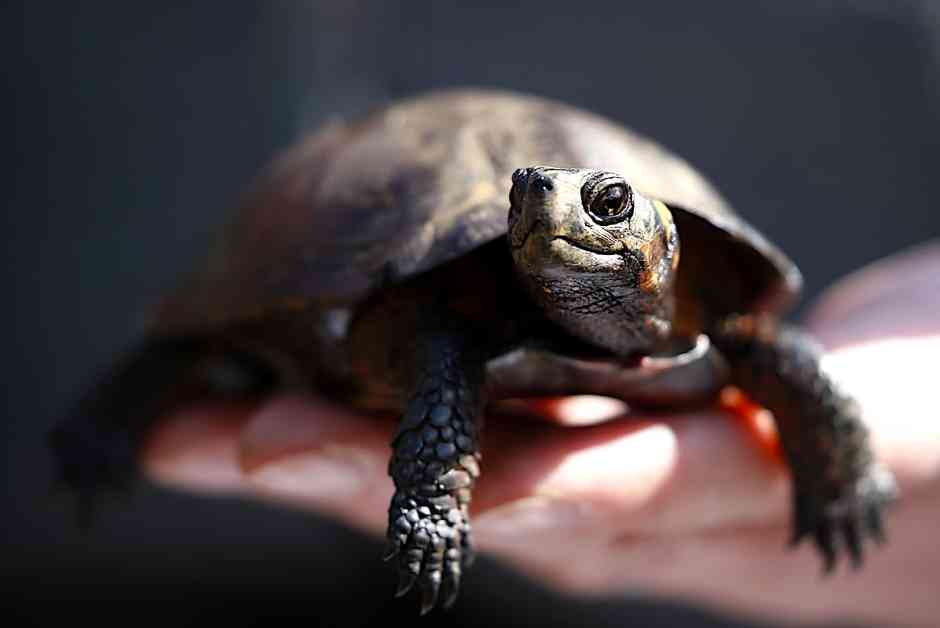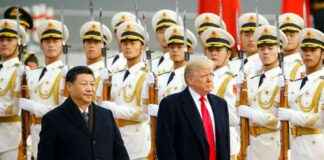Unregulated Wild Animal Species Trade in the U.S.: Key Findings & Implications
New research has revealed a shocking discovery about the unregulated wild animal species trade in the United States. According to data from the U.S. Law Enforcement Management Information System (LEMIS), nearly 30,000 wild animal species have been traded across the country. This eye-opening analysis, led by the University of Hong Kong (HKU), delved into 22 years of trade data involving over 2.85 billion individual animals, half of which were taken from the wild.
The Scale of the Issue
The United States is a major player in the global wildlife trade, importing species that are not covered by international regulation. Freyja Watters, a Ph.D. student with the Wildlife Crime Research Hub at the University of Adelaide, emphasized the lack of global oversight on the vast number of wild species and individual animals entering trade. While only a small fraction of this trade is illegal, the majority of species are not subject to assessments ensuring sustainable harvest.
The Need for Reforms
Current international regulations primarily focus on charismatic species, leaving many others vulnerable. Dr. Alice Catherine Hughes, an associate professor at HKU, highlighted the urgency for stronger global monitoring and management to address the gaps in measuring the true impact of wildlife trade. The study, published in the Proceedings of the National Academy of Sciences, underlines the critical need for reforms to protect a wider range of species and ensure their survival.
Future Implications and Hope for Change
Despite the alarming findings, there is hope for change. Ongoing research aims to encourage nations to reassess how wildlife trade data is recorded and shared to enable a more comprehensive understanding of its impact on species globally. Professor Phill Cassey, director of the Wildlife Crime Research Hub, emphasized the importance of standardized data analysis to pave the way for sustainable management of wildlife trade.
In a world where wildlife is under constant threat, this research sheds light on the urgent need for better regulation and monitoring to safeguard the survival of countless species. As we continue to learn more about the scale of the wildlife trade industry, it becomes increasingly clear that concerted global efforts are essential to protect our planet’s biodiversity for future generations.














